
Most flours contain protein, which determines the structure and density of baked goods. Bread flours contain the most, which accounts for the heavy texture of homemade bread, while cake and pastry flours contain the least, resulting in light more finely grained baked goods. Like other flours such as all-purpose and pastry flour, cake flour needs a leavener, such as baking powder or baking soda, which help baked goods rise.
What is Cake Flour?
Containing significantly less protein and gluten than other types of flour, cake flour is finely milled from the whole grains of soft winter wheat. It's bleached to lighten it and to remove its off-white color. Unless a recipe specifically instructs otherwise, cake flour needs the addition of a leavener -- usually baking powder -- and salt, which helps develop the other flavors in the recipe. In recipes incorporating acidic ingredients such as fruit, buttermilk or molasses, baking soda might be called for instead of baking powder.
Baking Powder Basics
A leavener is any substance that helps baked goods rise. The most common ones used in pastries such as cakes and cookies include baking powder and baking soda, and most recipes call for one or the other. Baking soda, or sodium bicarbonate, is more powerful and is one of the components of baking powder, along with two acids -- often cream of tartar and sodium bisulphate -- and cornstarch. Baking powder is called double-acting because liquid causes it to produce carbon dioxide bubbles and heat expands them, causing the batter to rise. Baking soda needs acid to work, making it the preferred choice in baked goods made with cake flour that contain fruit. Because baking powder loses its potency over time, recipes can be adjusted by the addition of fresh baking soda to correct the leavening imbalance.
Cake Flour Uses
Cake flour has a higher starch content than other flours, making it suitable for use in cakes and other pastries where you want a delicate, fine texture. This high starch content enables cake flour to absorb more liquid by volume and is more easily distributed throughout the batter. These attributes team up to impart a more delicate texture to baked goods such as biscuits and cookies. Cake flour is also used in recipes for angel food and sponge cakes, where it contributes to the desired pure white color.
Making Do
If a recipe calls for cake flour but you don't have any on hand, all is not lost. Simply substitute regular all-purpose flour, using about 2 tablespoons less per cup than you normally would, and sift it at least once to lighten it as much as possible. Conversely, you can also use cake instead of all-purpose flour by increasing the amount by 2 tablespoons per cup, again sifting the flour. It's always wise to sift cake flour in any situation, as its fine milling causes it to clump easily. With both types of flour, add baking powder and salt as required by the recipe.
Related Articles
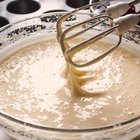
Does Cake Flour Contain Baking Soda & ...
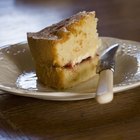
Bread Flour vs. Cake Flour in Sponge ...
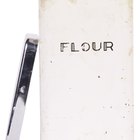
What Are the Functions of Flour in ...

Psyllium Husk & Gluten

Can You Substitute Whole-Wheat Pastry ...

What Is the Nutritional Value of Wheat?
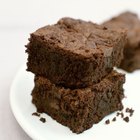
What Kind of Oil Do You Use in Brownie ...

Cake Emulsifier Substitute
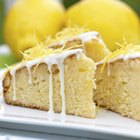
How to Make Lemon Cake Mix Ahead
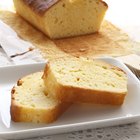
What Kind of Flour Do You Use for a ...

How to Make Pumpernickel Flour

What Does Adding Applesauce to Cake Mix ...
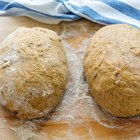
What Is the Difference Between Cake ...
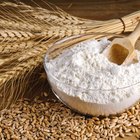
Differences Between Bleached Flour & ...

Can You Substitute Whole Wheat Pastry ...

What Is Food Coloring Paste?

What Are the Functions of Cream of ...

What Are Ingredients in Wheat Bread?

What Kind of Flour to Use for Cupcakes?
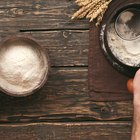
Should Cake Flour Be Sifted Before ...
References
Writer Bio
Rachel Lovejoy has been writing professionally since 1990 and currently writes a weekly column entitled "From the Urban Wilderness" for the Journal Tribune in Biddeford, Maine, as well as short novellas for Amazon Kindle. Lovejoy graduated from the University of Southern Maine in 1996 with a Bachelor of Arts in English.
Photo Credits
Jupiterimages/Photos.com/Getty Images